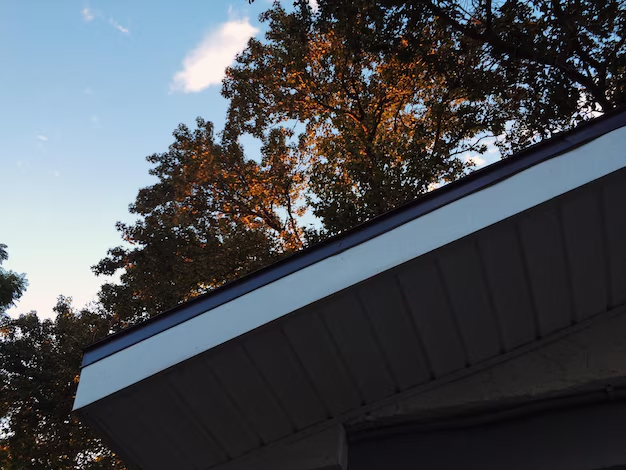Discover the Lifespan of Your Steel Roof: What to Expect and Beyond
Choosing the right roofing material for your home is an important decision, and steel roofs have been gaining popularity for their durability and longevity. But how long do they truly last? Let's delve into the lifespan of steel roofs and explore how you can ensure they serve you for decades, and perhaps even uncover some financial insight along the way.
The Lifespan of a Steel Roof
Steel roofs are built to last. On average, a high-quality steel roof can last between 40 to 70 years. Factors such as the quality of the installation, environmental conditions, and the level of maintenance can significantly influence their longevity. While cheaper roofing materials like asphalt shingles have a lifespan of 20 to 30 years, the initial investment in a steel roof is often offset by its extended lifespan and low upkeep costs.
What Affects Steel Roof Longevity?
Several key factors determine how long your steel roof will last:
- Quality of Materials: Opting for high-grade steel is essential for ensuring durability.
- Installation Quality: Professional installation is crucial. A poorly installed roof, regardless of the material, will face premature issues.
- Maintenance: Regular inspections and addressing minor repairs promptly can greatly extend the life of your roof.
- Environmental Factors: Coastal areas with salty air or regions with severe weather can affect the longevity of steel roofs. Special coatings can help mitigate some of these effects.
An Investment That Saves Money
Although the initial investment in a steel roof might be greater compared to more traditional options, the long-term savings can be quite appealing. Consider the cost of repairs, replacements, and the potential increase in your home’s resale value. A steel roof is energy-efficient, reflecting heat away and potentially lowering cooling costs during hot months.
Exploring Financial Assistance for Roofing
Investing in a steel roof can be an excellent decision, but you shouldn't overlook the various government aid programs and financial tools available to homeowners looking to make sustainable home improvements.
For those considering financing, various financial assistance options exist, such as:
- Home Improvement Loans: Many financial institutions offer loans specifically for home improvements, often with favorable terms.
- Government Rebates and Tax Incentives: Some regions offer incentives to homeowners who choose sustainable building materials, like steel roofing, due to their energy efficiency and durability.
- Energy-Efficient Mortgages: These loans allow homeowners to finance energy-efficient upgrades, often including a steel roof, through their mortgage.
- Educational Grants: While not directly for roofing, specialized educational grants can free up funds by reducing education-related expenses.
Taking advantage of these programs can help manage the upfront costs while ensuring your home benefits from a roof built to withstand time.
Your Financial Tool Kit for Home Improvements 🌟
Here's a quick rundown of resources and options that might help you tackle the costs associated with upgrading to a steel roof:
- 🏡 Home Improvement Loans: Finance your roofing project with tailored loans.
- 🏆 Government Rebates: Investigate any local rebates for sustainable materials.
- 📋 Tax Incentives: Don’t forget about potential deductions during tax season.
- 💡 Energy-Efficient Mortgages: Integrate energy-efficient solutions into your mortgage.
- 🎓 Educational Grants: Use savings from grants to redirect finances towards home projects.
Upgrading to a steel roof not only promises longevity but with the right financial strategy, can be a smart investment that pays for itself in savings and increased home value. Consider exploring available assistance and financing options to make the most informed decision for your future.
